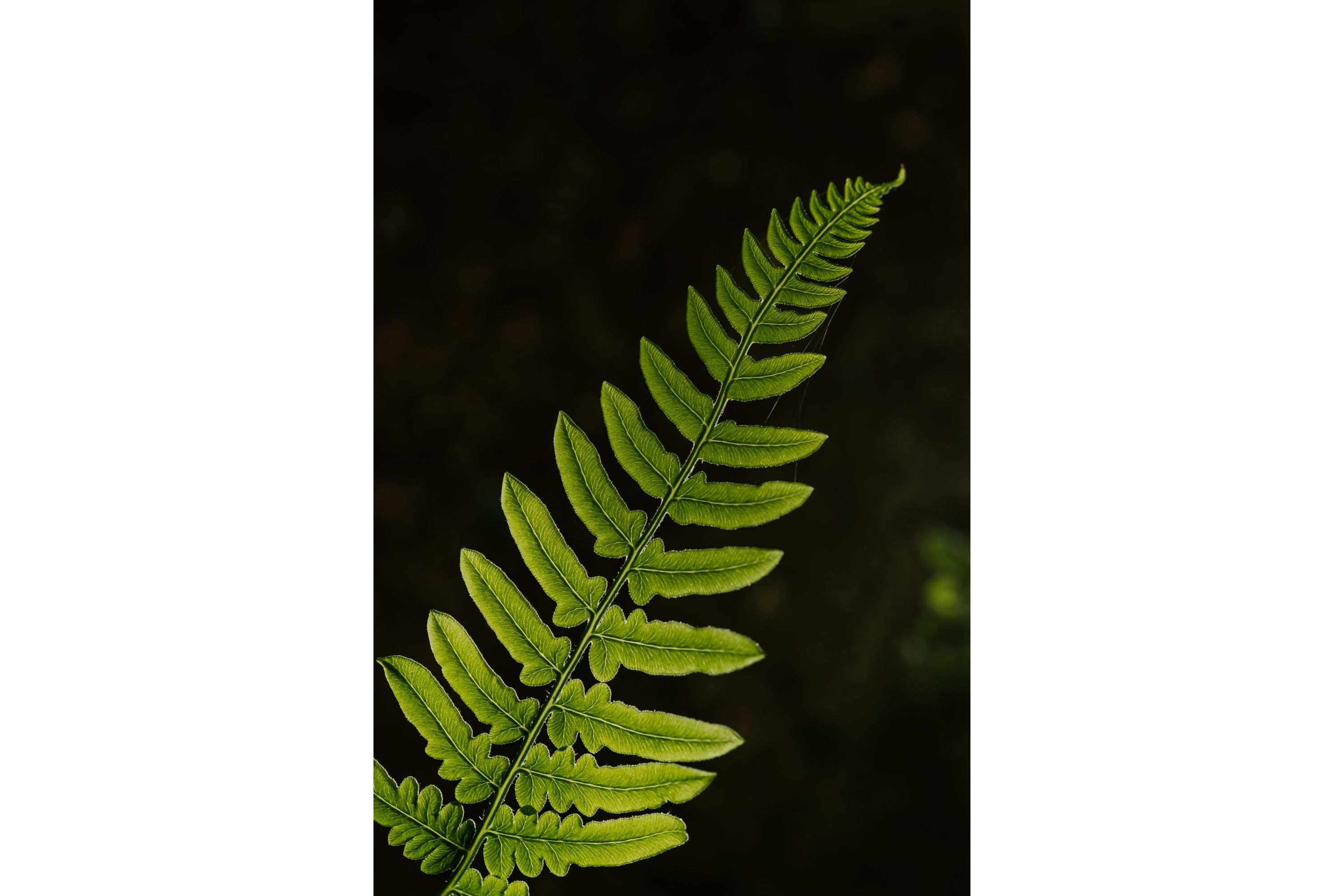Licorice fern
(Polypodium glycyrrhiza)

Description
Polypodium glycyrrhiza, commonly known as licorice fern, many-footed fern, and sweet root, is a summer deciduous fern native to western North America, where it is found in shaded, damp locations. Spores are located in rounded sori on the undersides of the fronds, and are released in cool weather and high humidity. Licorice fern does not grow its fronds from a centralized location; this is in contrast to other ferns that grow their fronds from the same spot. The name Polypodium refers to this characteristic; it means "many-footed." The fronds are once-divided and triangular in shape, with finely-toothed margins and pointed leaflets. They are usually at least one foot in length, but may grow to be over two feet long. They also display parallel venation. The rhizome is creeping and the fronds appear to have random placement, originating at various points. The rhizome appears reddish-brown, and has a sweet licorice flavor. Since it is a fern, P. glycyrrhiza reproduces by spores; the spores grow in a pattern of spots on the undersides of the leaves. These sori may be oval in immaturity. Licorice fern may grow over the ground, rocks, or as an epiphyte. The species is not closely related to the flowering plant from which the commercial product licorice is derived (Glycyrrhiza glabra). The specific epithet glycyrrhiza refers to the pronounced licorice flavor of the rhizome. Glykys in Greek means sweet, while rhiza means root. It occurs primarily in a narrow strip in southern Alaska, southwestern Yukon Territory, western British Columbia, Washington, Oregon, and California, though two highly disjunct populations are known from Idaho and Arizona. The plant prefers moist environments, so it is typically found on wet ground, rocks, and logs. Occasionally it can be seen on fallen trees. It is particularly associated with bigleaf maple (Acer macrophyllum). The fern is mycorrhizal, meaning it can form root associations with the hyphae of fungi. It takes advantage of the mild, wet winters and the substrate of deciduous trees to photosynthesize and grow during the cold season when most other temperate plants are dormant. Habitat elevation is lowlands below 600 meters. The sweet flavor of the rhizome was once attributed to the glycoside glycyrrhizin. However, a study has shown that the flavor may actually be due to polypodoside, which is 600 times sweeter than 6% sucrose solution.
Taxonomic tree:







